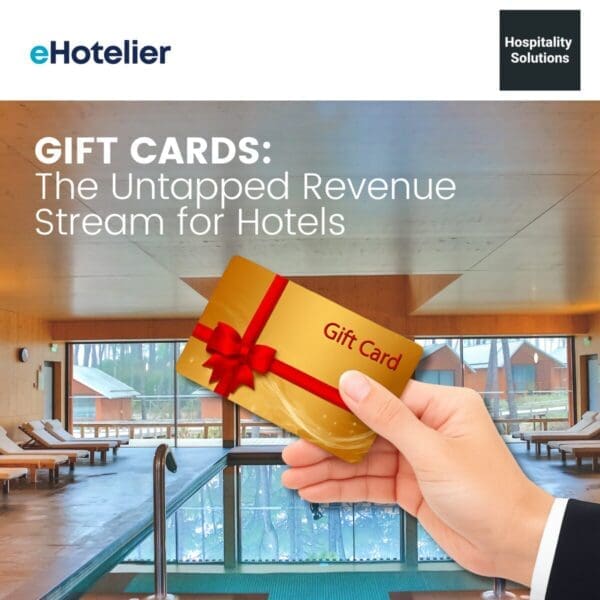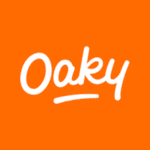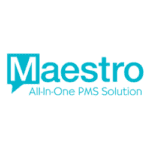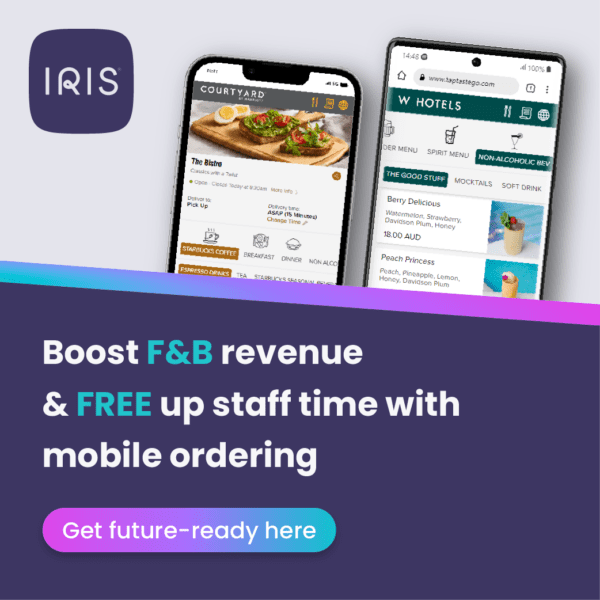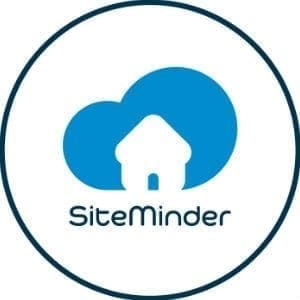Oaky has joined forces with a curated selection of marketing experts from the hotel industry and beyond to outline key strategies for weathering the coronavirus storm. Download the full ebook to use this period of low occupancy to your advantage.
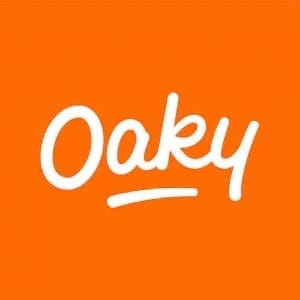 Advice
Advice
- How to pivot your hotel’s marketing strategy for a coronavirus climate
- Getting creative with your promotions
- Be aware of trends in consumer behaviour
- The building blocks to achieving a thriving online presence for your hotel
- Supercharging your brand image
These insights were provided by Katie Hokin, Founder and Director of AccomBoost, Luis Enrique Galdamez Echeverria, CEO of FashionPotluck.com, and Perryn Khoo, Digital Account Manager at WME Australia.
How to pivot your hotel’s marketing strategy for a coronavirus climate
In these unprecedented times, user-generated content remains a good way to promote your hotel. Encourage guests to share photos of their stay via their preferred social channels, tagging your hotel. You can reshare posts as and when you see useful ones cropping up. Members of your target audience will see others enjoying themselves at your property, which will deposit your name and imagery into the front of their mind for when they plan their next hotel stay.
When creating and spreading your content, consider different phases of the reopening process. Budget accordingly for content creators, designers and advertising to get your content in front of the right people.
Think about who your current target audience is and how you can reach them. International travel is still restricted in many countries so domestic guests are your most likely target. Offer special events and promotions to your local community while you wait for travellers from abroad to gradually return. Think about offerings that would make sense for this audience, who may be looking for an escape from their daily lives.
Let this approach initiate the first trickle in your returning stream of revenue. It will also help in
letting your wider audiences know that you’re up and running.
Getting creative with your promotions
Devise COVID-ready experiences to create moments of joy for adults and children alike.
New offers can include 3-for-2 night staycation offers, a special deal on breakfast or other services at your hotel or less conventional ideas such as selling day-use rooms for people wanting to work remotely in a quiet, sanitary environment close to home. For more inspiration, find 20 cool ideas in the video below, featuring Katie from Accomboost. All of these special offers will allow you to keep your room rates the same while earning incremental revenue and adding value to your guests’ stay. You can use an upselling engine like Oaky to make sure your guests see personalised offers in their inbox at the optimal time for them, increasing the chances of conversion.
Ask your newsletter subscribers or social media followers what would convince them to come stay with you. Open yourself up to suggestions from your customers to increase your chances of creating promotions they are truly interested in. After running a few promotions remember to evaluate and refine your approach to give guests the right experiences.
Get creative with your promotions.
Be aware of trends in consumer behaviour
Capture the increasing number of potential guests using voice activation software to search for their holidays by making sure to structure your content clearly for use in voice search results.
Try using phrases that resemble a voice search query. If you find this difficult to do on your homepage or in your room description, having a few blog posts optimised for this will help generate traffic from voice search.
These posts should include topics such as ‘best restaurants in [our city]’, listing nearby sites, landmarks or other things people can do while they are staying at your property.
Create a COVID-related blog post to highlight your city’s and country’s regulations. Update it regularly and communicate this so guests can inform themselves before the trip. An in-demand topic like this is a great way to drive people to your site.
The building blocks to achieving a thriving online presence for your hotel
Check your basic SEO for clarity
Make sure your title tags on each page are clear and unique. Review your meta descriptions, so they are up to date. See if your keywords are ranking well and adjust your website copy to improve your ranking if needed. These simple steps can make a big difference, leading to traffic that elevates your business.
Make sure your messaging is coherent
Keep your message consistent across your website, social media and partner sites. This period is a good time to review, update information and create a consistent, well-communicated online presence.
Analyse website and social media data
You’ll need an understanding of this performance in order to build a strategy in light of any changes that may have occurred during the crisis. Use tools like Google Analytics to monitor how your website traffic has changed. Are new patterns emerging that you might be able to leverage in promotions?
For social media, take note of the posts, stories and campaigns that gain the most traction and with whom. Use this when creating new content or promoting your offers.
The building blocks to achieving a thriving online presence for your hotel
Place your hotels on all relevant channels
Create an up-to-date list of sites to be featured on, like the Siteminder list that Katie suggests in the video below. Make sure your property is represented on each, with up-to-date information and photos. A strong online presence will put you in front of a larger audience and leading to more people discovering your hotel.
Enhance your user journey
Those planning a holiday will likely browse on an OTA, resulting in a shortlist of hotels. From there, someone might individually Google these hotel names to learn more about each property and check rates. Mimic this journey as though you are a person interested in one of your competitors. This will help you to see which channels they appear on, allowing you to check whether you’ve missed any for your own property.
Don’t forget to check meta sites such as Google Hotel Ads and Trivago. Follow this with a search for your own hotel to see your website’s relative position on the results page and how your listings look.
Increase direct bookings
If your hotel site has rate parity and offers direct booking incentives, you’ll have better luck driving bookings via your site. This will boost your bottom line as you won’t have to pay commissions to OTAs.
Do your best to ensure that your photos are up to date, high-quality and look great! They are the most important tools in convincing would-be customers to book with you.
The building blocks to achieving a thriving online presence for your hotel
Review your online communication
When Googling your property, pay attention to how a first-time visitor to your site might view your hotel. Does it fit with what your brand wants to project? If not, what changes could you make?
Define your specific USP
Think in more specific terms than ‘luxury’ – consider how attractive your unique selling proposition really is to your target market. If it’s not the most compelling option for this particular demographic, do some research into better areas to focus on.
Organic online reviews are one place to find out what impressed or disgruntled guests. Highlight the things people love about your property on your website and OTA listings.
Make your USP Google-friendly
Create SEO-friendly content around your USP, so Google understands that you are associated with whatever that may be (i.e. champagne breakfasts, rooftop swimming). Mention your USP in several relevant places on your website, by writing a blog post or including it in your link texts.
Perfect your Google My Business listing
Update your images regularly and once again, depict your USP. The more active you are with updating and engaging with your Google My Business listing, the more Google will show it to Google Search and Maps users.
Use your customers
Encourage your guests to leave reviews, mentioning your USP, for example by reaching out to say ‘We hope you enjoyed our champagne breakfast’. They might feel more compelled to mention your USP in their review, which will go to strengthen Google’s understanding that you are associated with your signature offering.
Focus on supercharging your brand image
Clearly define your business and USP
Distill your reason for existence into as short a statement as possible, then be sure to consistently and clearly use this statement throughout all of our brand’s messaging. Weave this sentiment through your staff training, customer education, social media and PR, so that it is omnipresent in both private and public-facing arenas.
Focus on supercharging your brand image
Educate yourself on the people that form your community
Research demographics and interests in your past and current customers to learn how best to speak to them. Consider whether your ideal customer is included within these groups or not. If not, devise new lines of communication, content and amplification that would resonate with them.
Make use of your partnerships
Explore guest blogging opportunities with complementary businesses and peers to build backlinks to your site. The options here are limitless. Start by checking if you can write a guest post for local companies such as tour operators, entertainment or lifestyle businesses. See if you can put together a feature about your destination for a newspaper or magazine (online or print) or collaborate with other travel and tourism brands you share an audience with.
Build your community on a story you want to tell
Use your company’s mission and history to craft a story that will underpin your efforts in community-building. A story-driven approach like this will not only help you create a personal connection with your audience, but will allow you to showcase your property as a destination with a story, rather than ‘just another hotel’.
Focus on supercharging your brand image.



